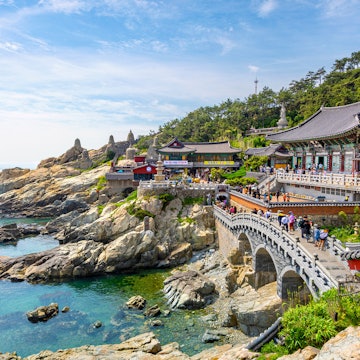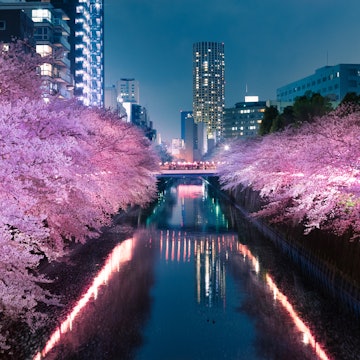
How to visit a South Korean bathhouse



Infinity pool at Cimer Spa in Incheon, South Korea. Cimer
Traditional bathhouses are an essential part of contemporary South Korean culture and one of the country's top experiences. Literally "heated rooms," jjimjilbang (찜질방) are where locals come to unwind, hang out and engage in a whole host of health and beauty rituals that go far beyond a quick soak. South Korea's bathhouses attract people of all ages, with groups of friends meeting up at a jjimjilbang on a Friday night – think of it as a spa date, but a surprisingly affordable one.
These spas have an unspoken code of manners and customs, which can make a first-time visit intimidating for foreign travelers. Here's our guide to towel techniques and jjimjilbang etiquette to help you have the best South Korean bathhouse experience.
How much does it cost to visit a Korean bathhouse?
Entry to a bathhouse usually costs between ₩7000 and ₩20,000, with smaller, neighborhood jjimjilbang being the cheapest option. Most places have different day and evening entry fees, with the latter being a little higher. More elaborate joints have restaurants, outdoor swimming pools, hair and nail salons, and karaoke rooms in addition to the usual baths and saunas.
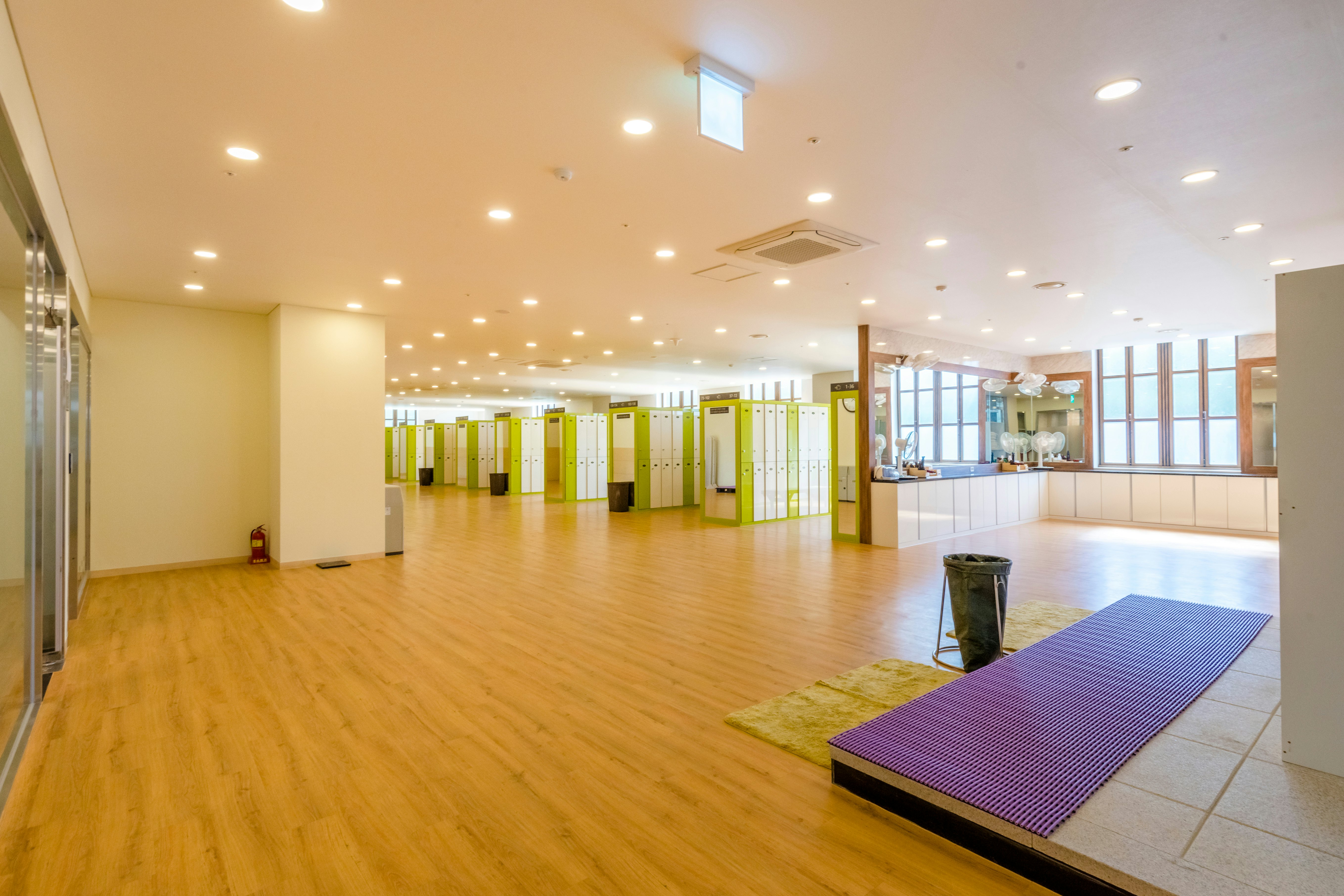
What happens on arrival at a jjimjilbang?
The first thing you're likely to see when you walk in the door is a wall of small lockers. These are for your shoes, so slip them inside and take your locker key back to the front desk. Pay the entry fee (the price should be posted at the reception desk) and hand over your shoe locker key. In exchange, you'll be given a new locker key for the changing room (sometimes the first key is used for both), plus a towel and a pair of cotton pajamas.
Many jjimjilbang use electronic keys or wristbands, which are also used to record the fees for any additional services. Otherwise, the staff will note your locker key number if you add any services inside (such as a scrub or massage) and bill you at the end. It's increasingly common for jjimjilbang to have automated check-in kiosks where you can pay the entry fee and get a key or wristband without going to the front desk.
The key in your hand should have a number on it – that's your locker, where you'll store your clothes and anything else you're carrying. The front desk staff should point you in the direction of the appropriate gender-segregated changing room. If not, you want nam (남) for men or yeo (여) for women.
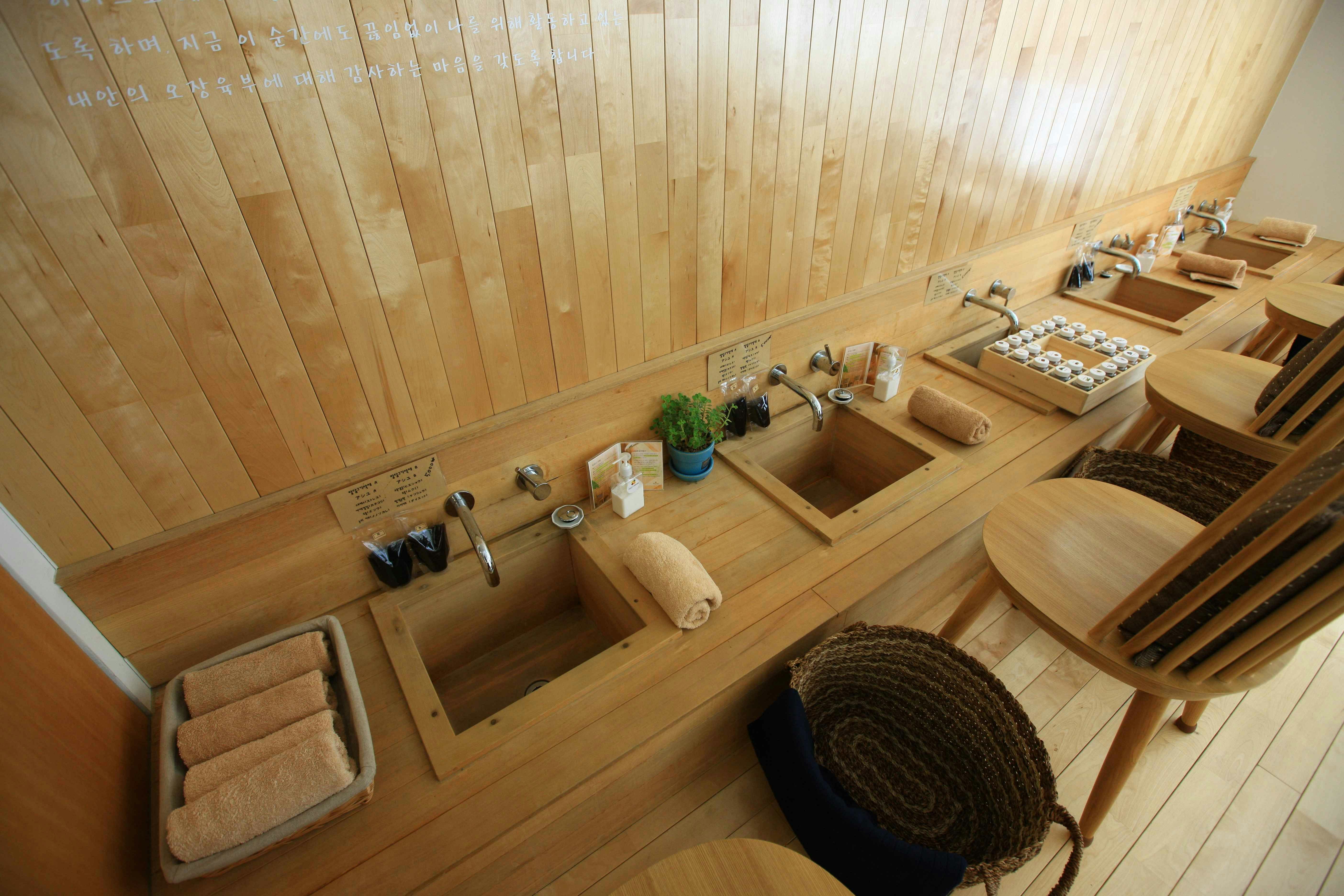
Are there same-sex areas inside a Korean bathhouse?
Most jjimjilbang have two distinct areas: the baths, which are same-sex only, and the sauna areas, which are communal. Whichever you visit first is up to you, but most people prefer to wash up before sweating it out (and then wash again at the end of the visit).
What etiquette do I need to follow in a jjimjilbang?
If you're going to the baths, you need to remove all your clothing, bringing only a small towel and toiletries with you (wear your locker key on your wrist). If you're going to the sauna, change into the pajamas provided. The cardinal rule here is that you need to wash before getting into the baths. There will be rows of washing stations and piles of plastic stools; grab one and pick a faucet. There will be soap, but rarely shampoo or conditioner, so you'll need to bring your own (most convenience stores in South Korea sell single-use packets of various toiletries, and jjimjilbang usually sell them as well).
You don't have to wash your hair, but if you don't and it's long, be sure to tie it up so it doesn't trail in the bath. Once you're nice and clean, you can head to the tubs, where splashing and loud talking may earn you some dirty looks.

Do you have to be naked in a Korean bathhouse?
The most difficult part of the experience for a lot of first-timers is being naked in front of strangers. Fear not: locals consider nudity a normal part of visiting a jjimjilbang, and you are unlikely to be given a second glance by anyone else. You can always use your towel to strategically cover yourself as you walk around (but the towels are small, so this isn't easy).
You shouldn't bring your towel into the water. If your towel does get wet, a stack of fresh towels is usually waiting near the door to the changing room. The best way to keep your towel dry is to wear it on your head.
How hot is it in a Korean bathhouse?
Bathhouse tubs come in a variety of temperatures, from about 38°C (100°F, not too hot) to about 45°C (113°F, pretty hot), and there are also cold tubs at around 15°C (59°F). Koreans often alternate between the various temperatures. In most jjimjilbang, the soaking pools are indoors, but some places also have open-air baths. Bathhouse regulars have their individual routines down to a science, but in general, the optimal soaking time is considered to be 20 minutes. If you plan to stay in the water this long, it's best to keep your heart above the waterline.
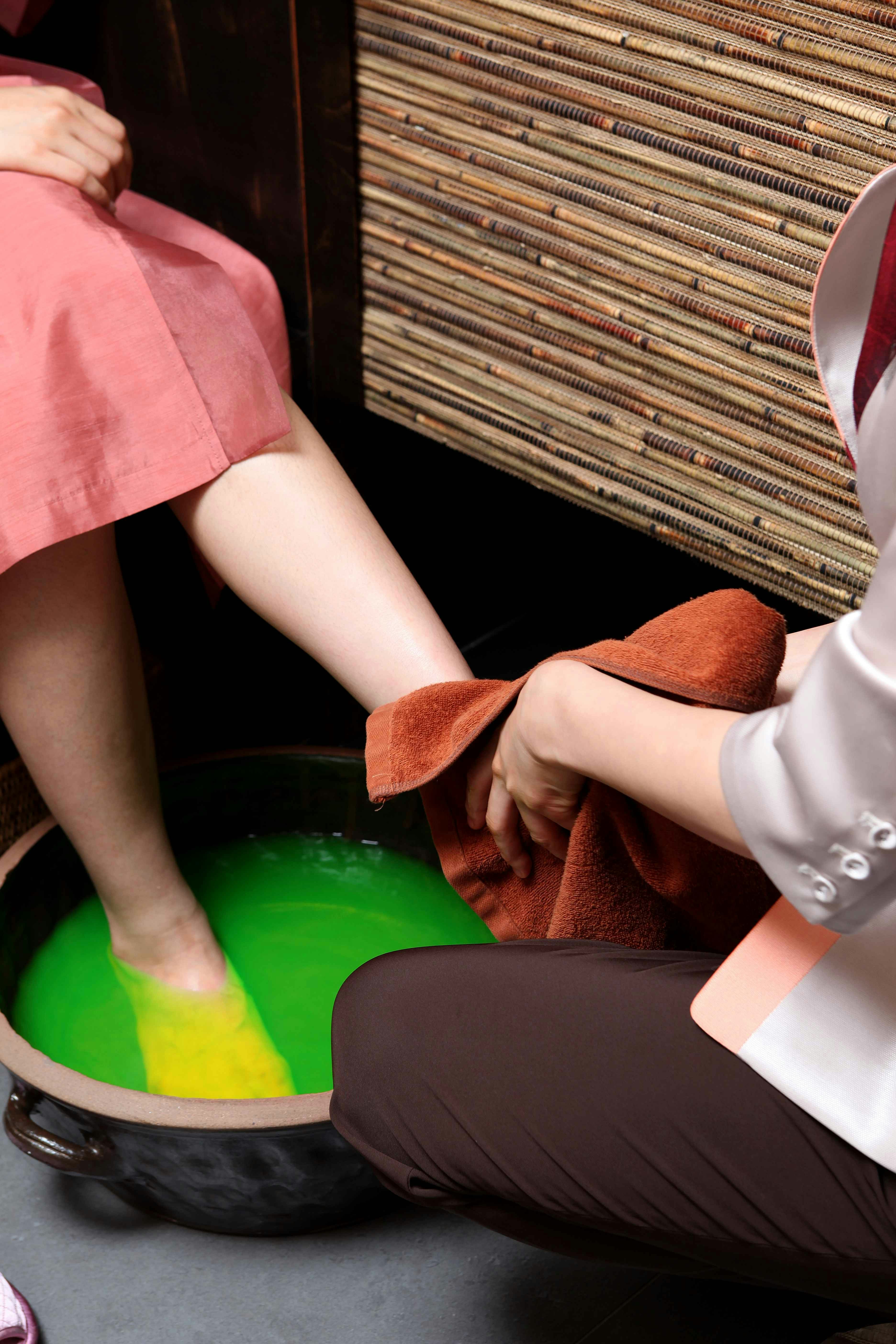
What wellness treatments are available in a bathhouse?
South Koreans (and South Korean women in particular) are mad about exfoliation, and you'll see locals giving themselves long and hearty scrubs. You can buy scrubbing towels and mitts at convenience stores and markets. If you really want to up your jjimjilbang game, you can opt for a professional scrub (called seshin).
In a corner of the bathroom, there will be a few plastic tables manned by ajumma (aunties) – or men on the men's side – wielding scrubbing mitts. They're generally merciless, but you will never have smoother skin in your life. Do this after soaking for a bit, so the steam from the baths can loosen up your skin. A basic scrub usually costs ₩20,000, and you can also get an oil massage for about ₩60,000.
What are bathhouse saunas like?
The sauna you might picture – a steaming room heated to hellish temperatures – is probably different from a Korean sauna. Traditional saunas in South Korea (called hanjeungmak; 한증막) are stone or clay kilns that are typically heated to between 50°C (122°F) and 90°C (194°F) and are really quite pleasant. If you've never liked saunas elsewhere, you might like them here.
As you lie on hemp mats (or sometimes salt or jade crystals), the heated stone gently warms your body, and after about 15 to 20 minutes, you'll start to sweat. It's easy to fall asleep, but don't – it's a dehydration risk. Keep your sauna time limited to around 20 minutes if this is your first time, and remember to stay hydrated. Cap off a good steam with a cold, sweet cup of sikhye – a traditional fermented rice drink usually sold at jjimjilbang. You can also buy eggs that have been steamed in the saunas, known as maekbanseok year.
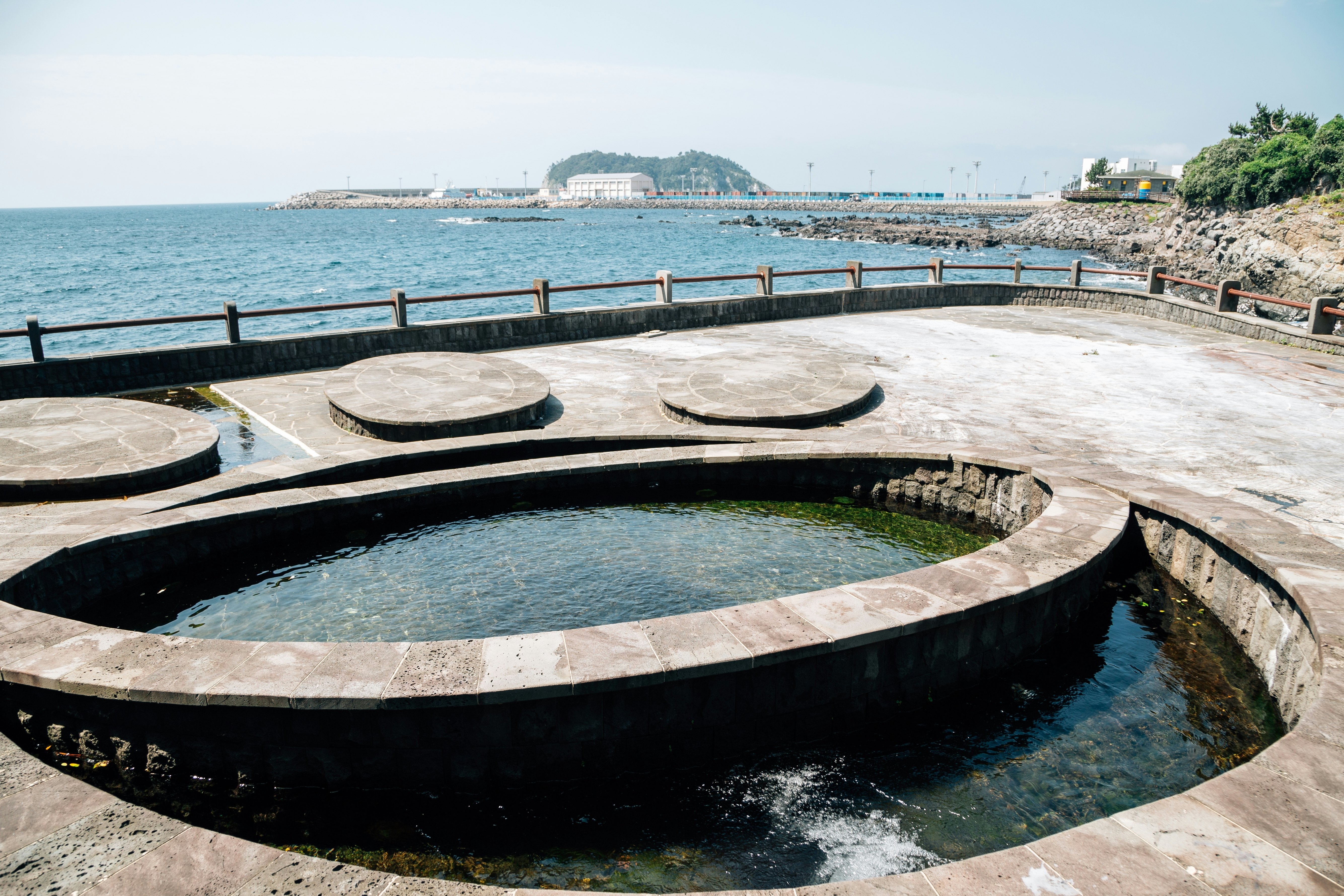
Can you stay overnight in a jjimjilbang?
Many jjimjilbang are open 24 hours and double as South Korea's best budget accommodations. For a few thousand won more than the standard entrance fee, you can opt to spend the night in the sleeping room. In simpler spots, this might just be a wide room with some thin plastic mattresses (and yes, they are thin) and squishy plastic blocks serving as pillows on the floor.
In more sophisticated places, the sleeping rooms resemble capsule hotels, with two levels of cubbyholes that offer a little privacy. Some have separate rooms for women and snorers (regardless, earplugs are a good idea). Some also have blankets to loan or rent, though the rooms are usually heated – using the traditional under-floor ondol technique – so they're usually not necessary.
There are usually big common rooms where people congregate to watch TV, sit in massage chairs, eat snacks and generally hang out. These areas are mixed and non-naked, so be sure to wear the pajamas provided. Some of the fancier jjimjilbang also have outdoor swimming areas, hot tubs and entertainment zones such as arcades to keep sauna-goers busy, sometimes throughout the night.
How do you end your bathhouse session?
This part's easy. Hand your locker key to the front desk staff, and they'll present you with a bill if you've racked up any charges inside. Once you're paid up, you get your shoe locker key back, so grab your shoes and you're good to go. Most jjimjilbang expect you to stay no more than one night, though some may allow you to negotiate a stay of multiple nights. There's every chance you'll find yourself wanting to come back.

The best jjimjilbang in South Korea
Here is our pick of the best jjimjilbang across the country.
Termeden, Icheon: Big indoor and outdoor splash and swimming pools complement the jjimjilbang at this countryside complex.
Insadong Spa & Sauna, Seoul: Good things come in small packages at this foreigner-friendly operation in the capital.
Aquafield, Goyang: This upscale jjimjilbang is part of the enormous Starfield shopping and entertainment complex in Goyang, a satellite city just northwest of Seoul.
Jeju Sanbangsan, Andeok-myeon Township, Jeju-do: Jeju Sanbangsan is known for its high water quality and carbonate hot springs, with water that rises from 600m (1969ft) underground.
Supsok Hanbang Land, Seoul: Nestled amid trees on the slopes of Ansan Mountain, and you can soak up the bucolic atmosphere in its outdoor areas.
Spa Land Centum City, Busan: Part of a huge shopping mall, with 18 different hot springs, and 13 theme saunas.
Cimer, Yeongjongdo: A luxurious and trendy sauna and swimming complex that's part of the glitzy Paradise City casino resort.










